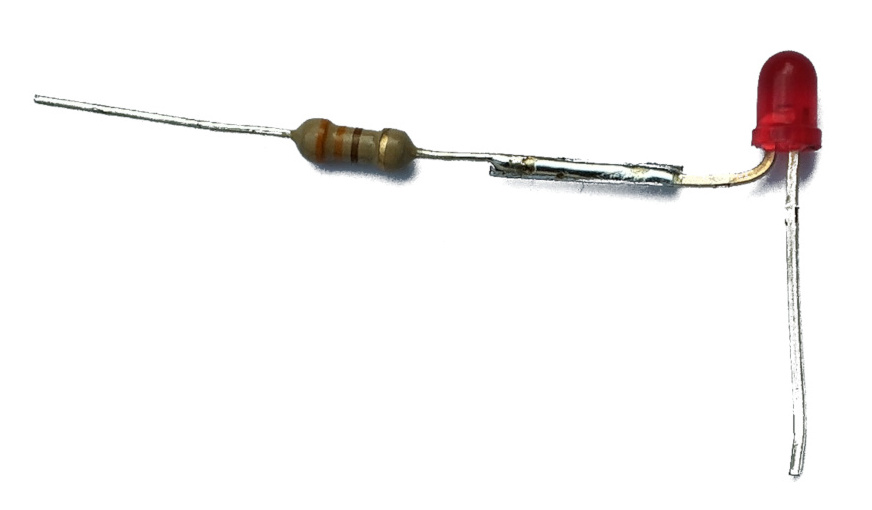

You can find the port number by accessing device manager on Windows.
#USING COOLTERM WITHOUT LED CONNECTION HOW TO#
You may refer the tutorial on Installing Arduino on Windows to know how to find the port number of board. The port number is assigned while installing the hardware driver of board. Choose the option “ Board” – and select your correct arduino board. To choose the board, find Tools on menu bar. You have to select the arduino board type in your IDE. To do this perfectly, you have to ensure the following steps. Now we have to load the program from the PC to our arduino board. After writing the program you may save it with a file name of your choice (find File–>Save on menu bar of IDE) I have written the classic LED blinking example provided in the book Getting Started with Arduino. Open the arduino IDE and write the following program to blink an LED. In addition, you need to setup and configure your Arduino board in your computer (by installing the device driver).
#USING COOLTERM WITHOUT LED CONNECTION INSTALL#
Once you have these components in hand, you need to install the Arduino IDE (Integrated Development Environment) on your computer. You need an arduino board, an LED, a resistor and a breadboard.

Now lets begin playing with our LED adventure. The History and Story behind Arduino– If you are interested in knowing about the history behind development of Arduino board. The Arduino Hardware and Software – explains the different arduino boards, different micro controllers used in them, tells in detail about the software IDE and a little bit about programming language as well.ģ. You will learn the basics needed from this article.Ģ. What is Arduino – for Beginners – is a great article to begin with. Before going deep, if you are very new to arduino, I suggest you read the following articles.ġ. I will be using an Arduino Uno board to demonstrate the whole process. In this article, we are going to blink an LED using our arduino board. Our way of “ hello world” is blinking an LED using the micro controller under study. In our world, we begin our learning curve by saying “hello world” using an LED. Our world of embedded systems is a little different. So that’s how we begin to learn a programming language used to build computer applications. We learn some essential keywords used in the programming language, then we learn the structure of the language and finally we begin to play with the language by making it display the two words “ hello world” in our computer screen. When we learn a new programming language in computer science (say C, PHP or Java), we begin the learning curve with the classic “ Hello World” program.


 0 kommentar(er)
0 kommentar(er)
